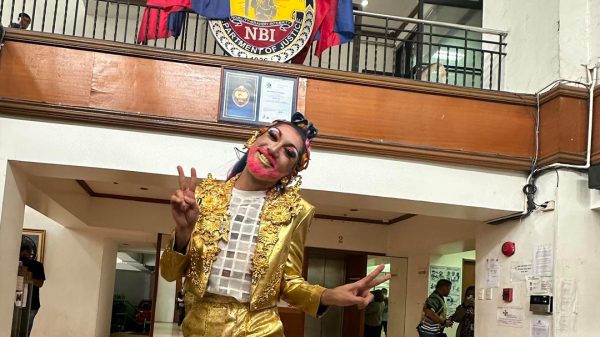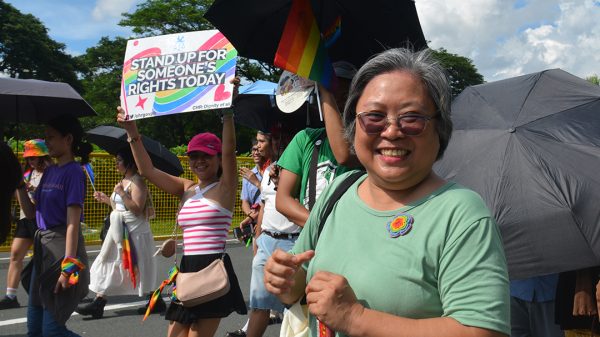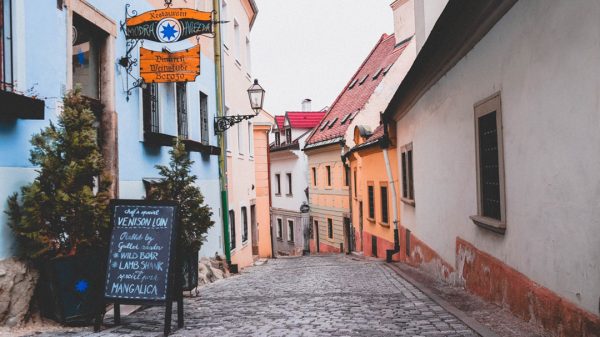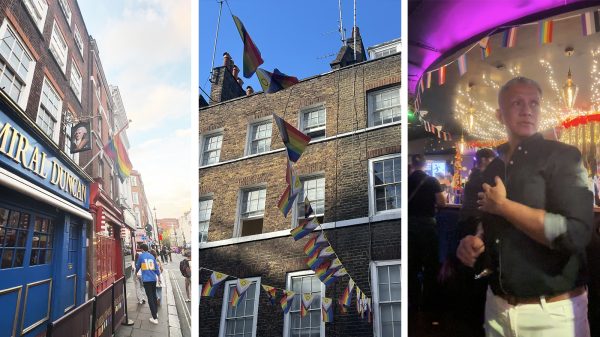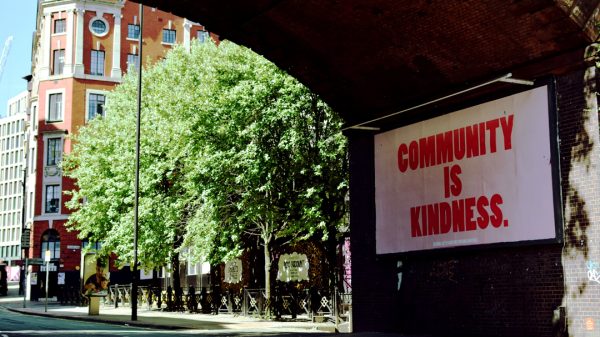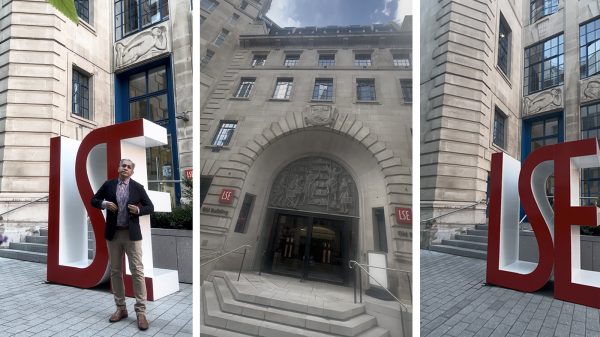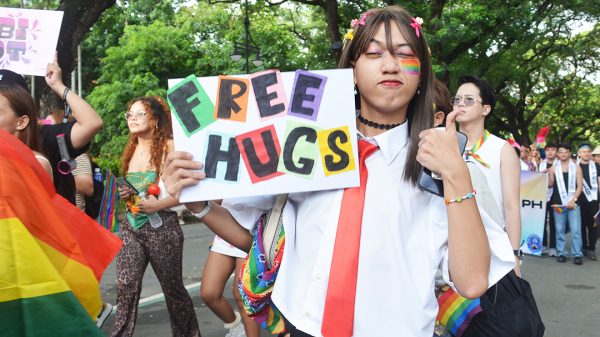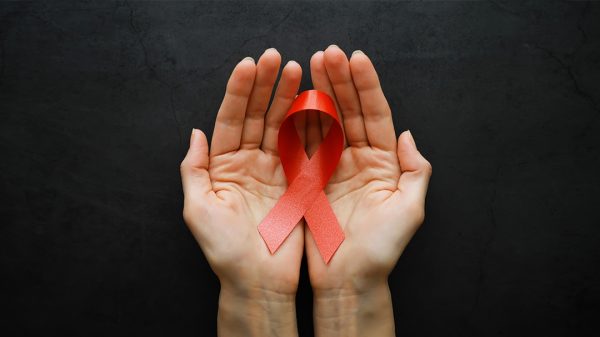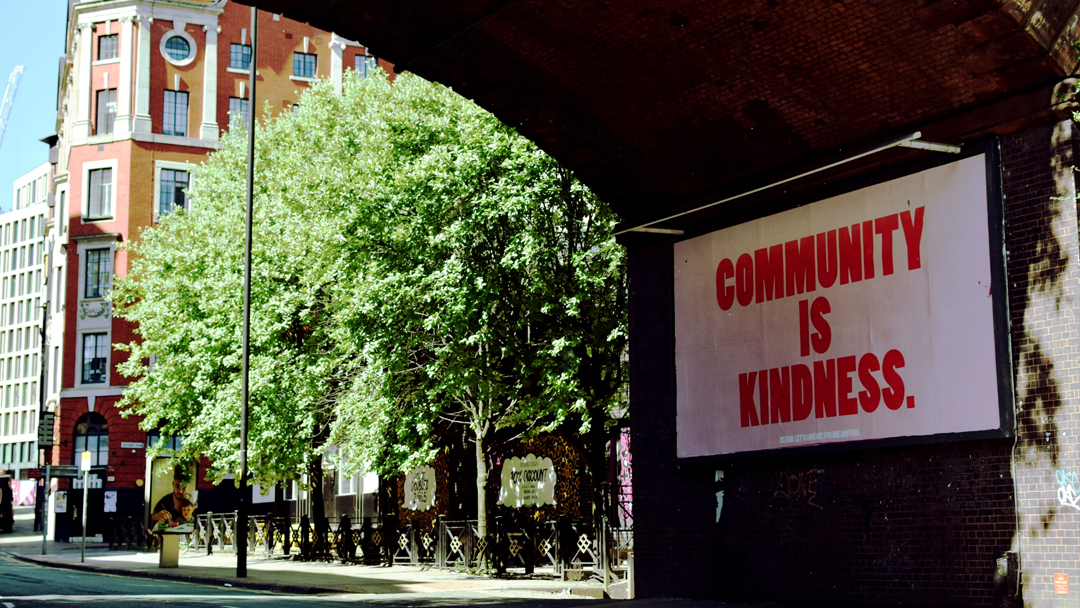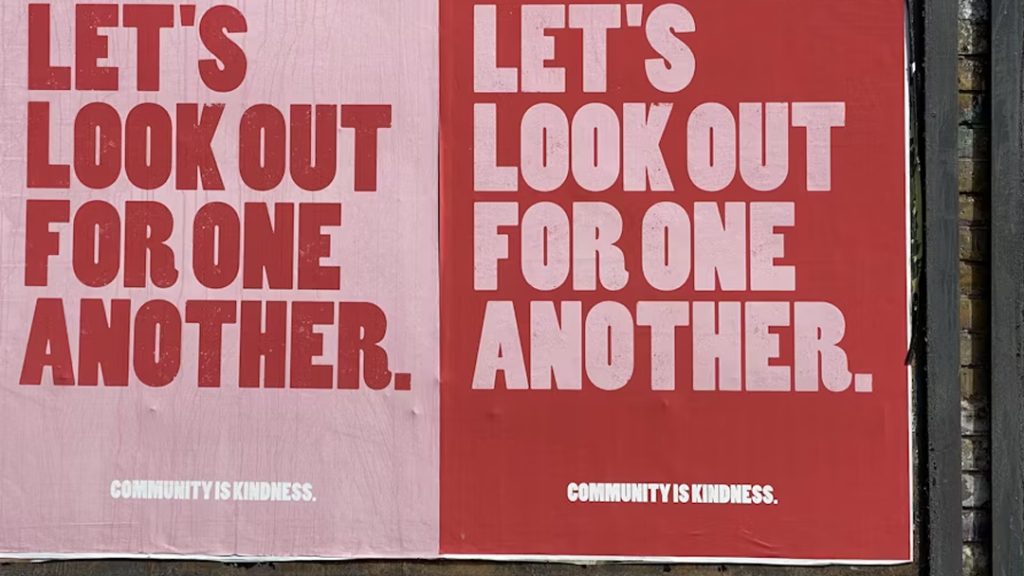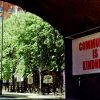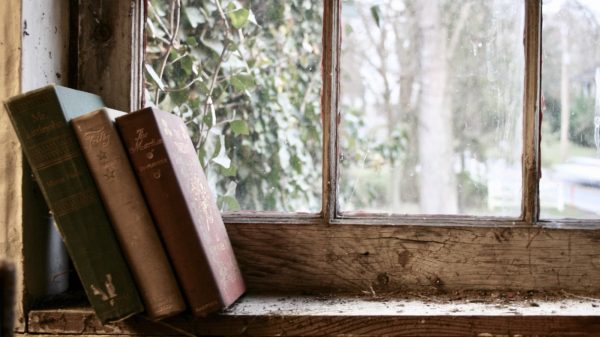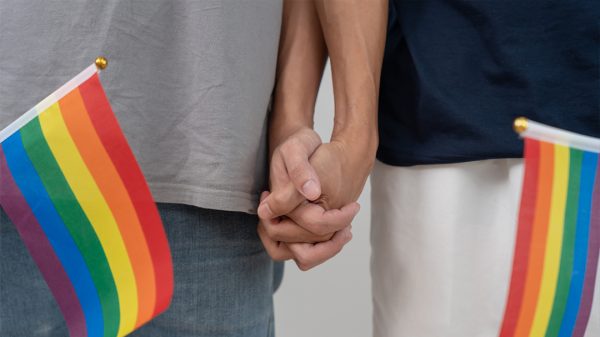In an era where headlines often focus on division and discord, a quiet revolution of compassion is taking root in communities across the United States. From small towns to bustling metropolitan areas, neighbors are coming together in unprecedented ways, creating networks of support that are transforming lives and rebuilding the social fabric that binds us together.
The Science Behind Community Connection
Recent research from Harvard University’s Study of Adult Development reveals that strong community ties are among the most significant predictors of happiness and longevity. Dr. Robert Waldinger, the study’s director, notes that people who are more socially connected to family, friends, and community are happier, physically healthier, and live longer than people who are less well connected.
This scientific backing has inspired grassroots movements nationwide, where ordinary citizens are taking extraordinary steps to strengthen their local communities. The results are nothing short of remarkable, with measurable improvements in mental health, crime reduction, and overall quality of life in areas where these initiatives have taken hold.
Neighborhood Networks: The New Safety Net
In Portland, Oregon, the “Good Neighbor Network” has connected over 15,000 residents through a simple but powerful concept: matching people who need help with those willing to provide it. What started as a small Facebook group has evolved into a sophisticated system that coordinates everything from grocery deliveries for elderly residents to childcare exchanges for working parents.
Sarah Martinez, a single mother of two, credits the network with helping her through a particularly difficult period. “When I lost my job last year, I was terrified about how I’d manage. Within hours of posting my situation, I had offers for meal deliveries, job leads, and even temporary childcare so I could attend interviews. It wasn’t charity – it was community.”
Similar networks have emerged in cities across the country, each adapting to local needs and cultures. In Detroit, the “Motor City Mutual Aid” focuses on urban gardening and skill-sharing workshops. In rural Montana, the “Prairie Partners” network specializes in equipment sharing and seasonal support for farming families.
Faith-Based Initiatives Leading the Charge
Religious organizations have long been pillars of community support, but many are expanding their reach in innovative ways. A church in kansas city recently launched a program that pairs tech-savvy teenagers with senior citizens, teaching them digital skills while fostering intergenerational friendships. The program has been so successful that it’s being replicated in communities across the Midwest.
These faith-based initiatives often serve as neutral ground where people from different backgrounds can come together around shared values of service and compassion. They’re proving that community building transcends religious boundaries, welcoming volunteers and participants regardless of their personal beliefs.
The Ripple Effect of Random Acts of Kindness
What’s particularly striking about this movement is how small acts of kindness create exponential positive effects. In Birmingham, Alabama, a local coffee shop started a “pay-it-forward” board where customers could purchase meals or drinks for others in need. The simple gesture has generated over $50,000 in community support over the past year, feeding hundreds of families and creating a culture of generosity that has spread to other local businesses.
The psychological impact of these initiatives extends beyond the immediate recipients. Research from the University of Michigan shows that helping others can increase life satisfaction and reduce stress levels in the helpers themselves. This creates a positive feedback loop where acts of kindness become self-reinforcing, leading to stronger, more resilient communities.
Technology Enabling Human Connection
While technology is often blamed for isolating people, innovative platforms are proving it can also bring communities together. The app “Nextdoor” has facilitated millions of neighborly interactions, from organizing block parties to coordinating disaster relief efforts. During the COVID-19 pandemic, these digital tools became lifelines, enabling communities to maintain connections and support systems despite physical distancing requirements.
In Austin, Texas, a neighborhood used a combination of social media and old-fashioned door-to-door outreach to create a comprehensive support network for elderly residents during the pandemic. Volunteers coordinated grocery deliveries, prescription pickups, and regular check-in calls, ensuring that no one felt forgotten or isolated.
Youth Leading Community Transformation
Perhaps most encouraging is the role young people are playing in community building. Generation Z, often characterized as digital natives disconnected from real-world relationships, is proving to be remarkably community-minded. High school students in Phoenix organized a city-wide mentorship program connecting at-risk youth with positive role models, reducing juvenile crime rates by 23% in participating neighborhoods.
These young leaders bring fresh perspectives and innovative solutions to age-old community challenges. They’re using social media not just for entertainment, but as powerful tools for organizing, fundraising, and awareness-building around local issues.
Economic Benefits of Strong Communities
The economic impact of these community-building efforts is substantial. Areas with strong social networks see increased property values, reduced healthcare costs, and higher levels of entrepreneurship. Local businesses benefit from increased foot traffic and customer loyalty, while municipalities save money on social services as communities become more self-sufficient.
A study by the Federal Reserve Bank of St. Louis found that communities with active neighborhood associations and volunteer networks had 15% higher median incomes and 20% lower crime rates compared to similar areas without such organizations.
Overcoming Challenges and Building Bridges
Not all community-building efforts succeed immediately. Organizers often face challenges related to cultural differences, economic disparities, and historical tensions. However, successful initiatives have learned to address these challenges head-on, creating inclusive environments where all voices are heard and valued.
In Cleveland, Ohio, a community garden project initially struggled with participation from different ethnic groups. By incorporating plants and growing techniques from various cultural traditions and hosting multicultural harvest festivals, the project became a celebration of diversity that strengthened bonds across traditional divides.
The Path Forward
As these community-building movements continue to grow, they’re creating a template for positive social change that doesn’t rely on government programs or corporate initiatives. Instead, they demonstrate the power of ordinary people coming together to solve problems and support one another.
The success of these grassroots efforts suggests that the future of community building lies not in top-down approaches, but in organic, locally-driven initiatives that reflect the unique needs and strengths of each neighborhood. As more communities discover the transformative power of collective kindness, we’re witnessing the emergence of a more connected, compassionate, and resilient America.
The revolution of kindness is real, and it’s happening one neighborhood at a time. In a world that often feels divided, these communities are proving that our shared humanity is stronger than our differences, and that together, we can build a better future for everyone.




